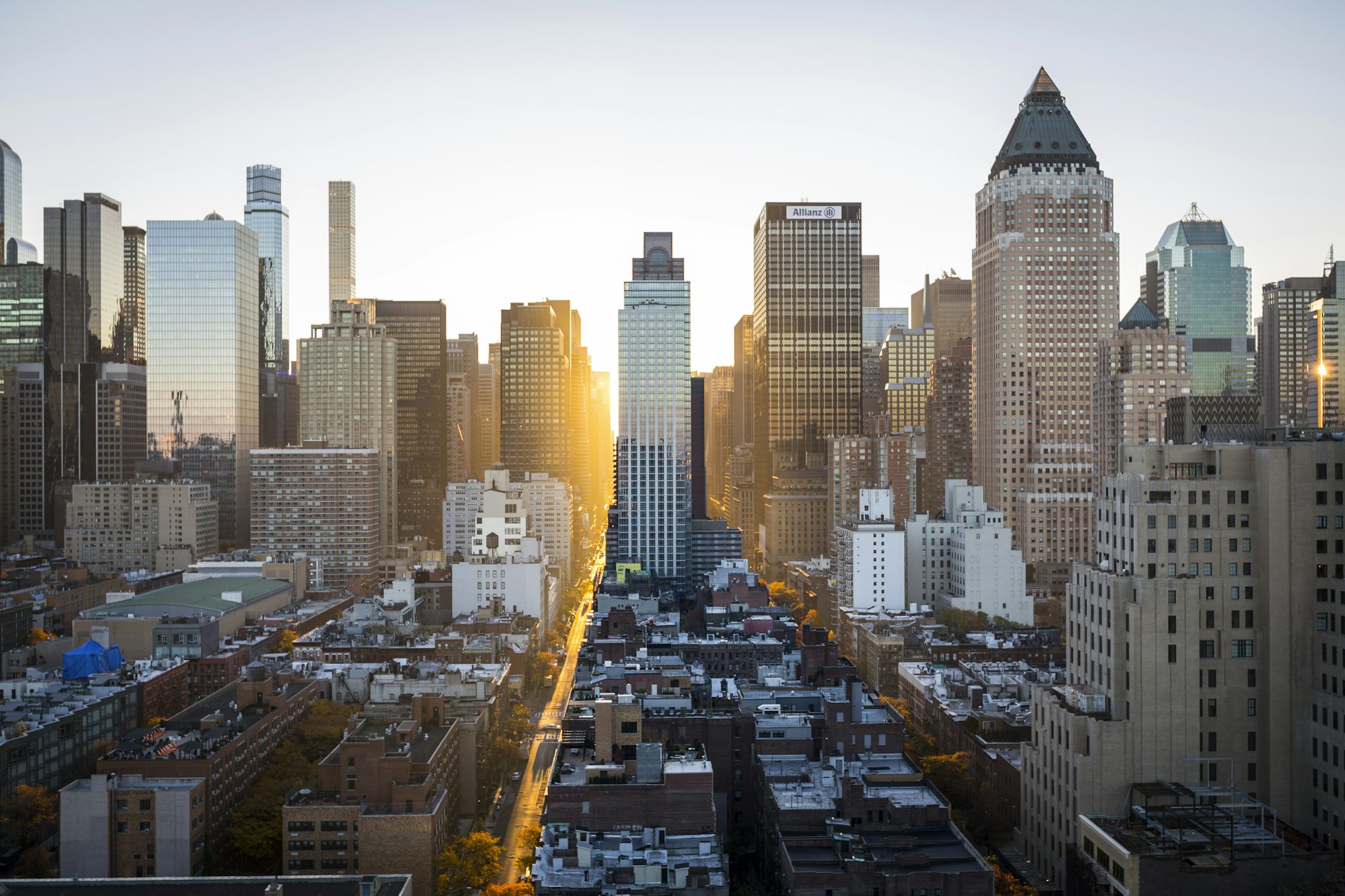In the face of growing environmental concerns and the urgent need to address climate change, the architectural industry is embracing sustainability in every facet of design and construction. One of the most prominent developments in this shift is the rise of green skyscrapers. These towering structures, designed with an emphasis on energy efficiency, renewable resources, and sustainable materials, are becoming a defining feature of the urban landscape. Green skyscrapers are no longer just a luxury but a necessity as cities around the world grapple with the challenges of population growth, environmental degradation, and resource scarcity.
What Are Green Skyscrapers?
Green skyscrapers are tall buildings that incorporate environmentally conscious design principles aimed at reducing their ecological footprint. These buildings are not just about height and aesthetics—they are built to be energy-efficient, resource-conserving, and sustainable in every aspect of their design and function. From the materials used in construction to the energy systems integrated within, every detail of a green skyscraper is considered with sustainability in mind.
The most noticeable feature of green skyscrapers is their commitment to minimizing energy consumption. This is achieved through a variety of means, including the use of high-performance insulation, advanced HVAC (heating, ventilation, and air conditioning) systems, and energy-efficient windows. Green skyscrapers also often incorporate renewable energy sources, such as solar panels or wind turbines, to generate power on-site, further reducing their reliance on fossil fuels.
Beyond energy efficiency, green skyscrapers focus on water conservation, waste reduction, and the use of sustainable building materials. These buildings are designed to maximize natural light, reduce water usage through low-flow fixtures, and create a healthier indoor environment for occupants by using non-toxic paints and finishes.
The Environmental Impact of Green Skyscrapers
The environmental benefits of green skyscrapers are significant. As cities continue to expand, the demand for energy and resources skyrockets, placing tremendous pressure on local infrastructure and the natural environment. By adopting sustainable design practices, green skyscrapers help alleviate some of this pressure while contributing to the fight against climate change.
One of the primary environmental advantages of green skyscrapers is their ability to reduce carbon emissions. Traditional skyscrapers, with their energy-intensive systems, consume vast amounts of electricity, often generated from non-renewable sources. Green skyscrapers, on the other hand, are designed to minimize energy usage and often produce their own clean energy through solar panels or wind turbines. By reducing energy consumption and reliance on fossil fuels, green skyscrapers play a crucial role in decreasing a city’s overall carbon footprint.
Furthermore, the use of sustainable materials in construction helps reduce the demand for non-renewable resources and minimizes waste. Green skyscrapers are often built using recycled or locally sourced materials, reducing the environmental impact associated with transporting raw materials over long distances. Additionally, these buildings are designed to be more durable and require less maintenance, which further reduces the need for resource consumption over time.
Water conservation is another important aspect of green skyscrapers. With growing concerns about water scarcity, buildings are being designed to reduce water usage through rainwater harvesting systems, water-efficient landscaping, and low-flow fixtures. This not only helps conserve valuable water resources but also reduces the burden on municipal water supplies.
Financial Incentives and Economic Benefits
While the environmental advantages of green skyscrapers are widely recognized, they also offer significant financial benefits for developers, investors, and building owners. The financial appeal of green skyscrapers lies in their ability to reduce operational costs, increase long-term asset value, and attract high-quality tenants.
One of the most immediate financial advantages of green skyscrapers is their reduced operational costs. Energy-efficient systems and renewable energy sources help lower utility bills, often resulting in substantial savings over the life of the building. These savings can be particularly important for owners of large commercial buildings, where energy costs can represent a significant portion of operating expenses.
Additionally, green buildings are eligible for various financial incentives, including tax breaks, grants, and subsidies. Many governments around the world offer incentives for the construction of environmentally friendly buildings as part of their efforts to promote sustainability and reduce carbon emissions. These incentives can help offset the higher initial costs associated with green building design and construction.
From an investment perspective, green skyscrapers often provide higher long-term returns. As sustainability becomes an increasingly important consideration for investors, properties that meet high environmental standards tend to attract more interest from buyers and tenants. Green buildings are often perceived as more resilient to market fluctuations and have a higher potential for value appreciation due to their energy efficiency and reduced operational costs.
The Role of Green Skyscrapers in Urban Development
Green skyscrapers are not just an isolated trend; they are part of a broader movement towards sustainable urban development. As cities grow, the demand for sustainable infrastructure increases, and green skyscrapers are playing a crucial role in shaping the future of urban living.
One of the most important ways in which green skyscrapers contribute to urban development is by promoting density without sacrificing quality of life. In many cities, land is scarce and expensive, and developers must find ways to make the most of available space. Green skyscrapers offer a solution by stacking multiple functions—residential, commercial, retail, and recreational spaces—into a single building. This not only maximizes the use of land but also creates vibrant, mixed-use communities that reduce the need for long commutes and promote walkability.
In addition, green skyscrapers contribute to the creation of more resilient and adaptable cities. Climate change and extreme weather events are becoming increasingly common, and cities need to be prepared to face these challenges. Green skyscrapers are designed to be more energy-efficient, water-efficient, and structurally resilient, making them better suited to withstand the impacts of climate change. They can also integrate features such as green roofs and urban gardens, which help mitigate the effects of heat islands and provide valuable green spaces in dense urban environments.
Innovative Features of Green Skyscrapers
The most advanced green skyscrapers incorporate a variety of innovative features that push the boundaries of sustainable design. One such feature is the use of smart technology to optimize building performance. These buildings are equipped with sensors and building management systems that monitor everything from energy consumption to air quality. By collecting and analyzing data, smart systems can adjust lighting, heating, and cooling in real time to optimize energy use and ensure a comfortable environment for occupants.
Another innovative feature is the use of vertical gardens and green walls. These are becoming increasingly common in green skyscrapers as a way to improve air quality, reduce the urban heat island effect, and provide aesthetic value. Vertical gardens can be integrated into the facade of the building or placed within interior spaces to bring nature into the heart of urban environments.
Some green skyscrapers also incorporate renewable energy sources, such as solar panels or wind turbines, to generate power on-site. These technologies help reduce a building’s reliance on external energy sources and make the building more self-sufficient. In some cases, green skyscrapers are even designed to produce more energy than they consume, making them net-zero energy buildings.
The Future of Green Skyscrapers
As urbanization continues and environmental concerns grow, the future of green skyscrapers looks incredibly promising. These buildings represent the cutting edge of sustainable design and will likely play an increasingly important role in the development of smart, resilient, and eco-friendly cities.
The adoption of green skyscrapers is expected to accelerate as both governments and developers recognize the long-term benefits of sustainability. With advancements in technology, construction techniques, and building materials, green skyscrapers will become more efficient, more affordable, and more integrated into the fabric of urban life. As the demand for green building solutions continues to rise, we can expect to see more cities embracing the concept of green skyscrapers as a cornerstone of sustainable urban development.
Conclusion: The Path to Sustainable Urban Futures
Green skyscrapers are more than just an architectural trend—they are an essential part of the future of urban living. With their focus on energy efficiency, environmental responsibility, and long-term sustainability, these buildings are revolutionizing the way we design and build cities. By reducing carbon emissions, conserving resources, and providing financial benefits, green skyscrapers are helping to create more resilient, livable, and sustainable urban environments for generations to come.



